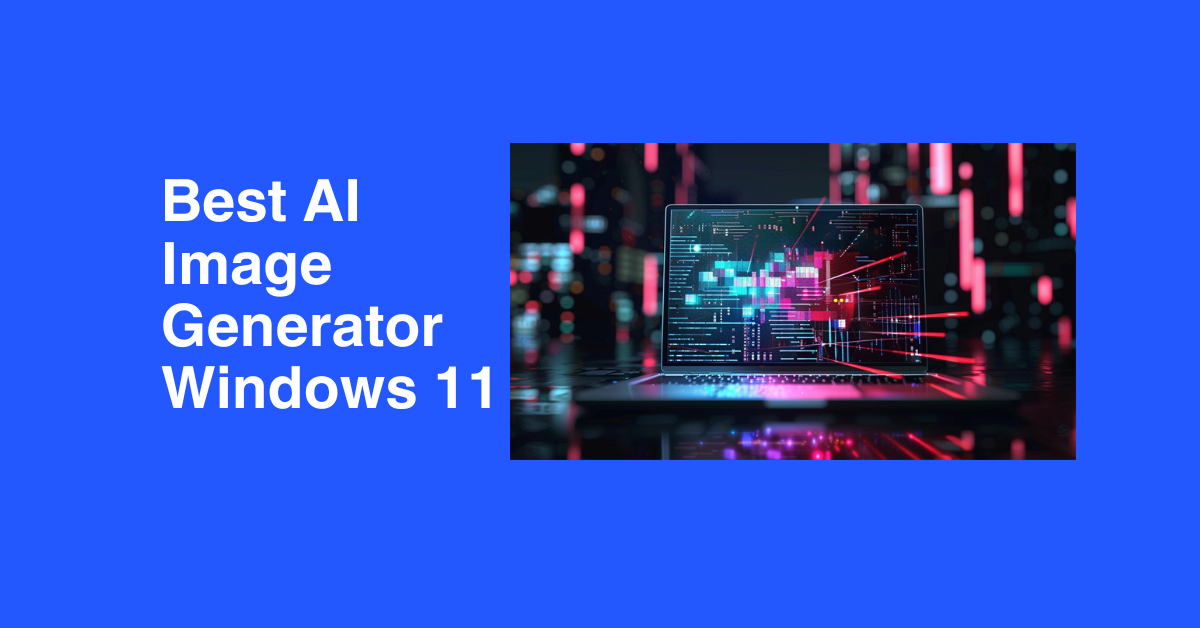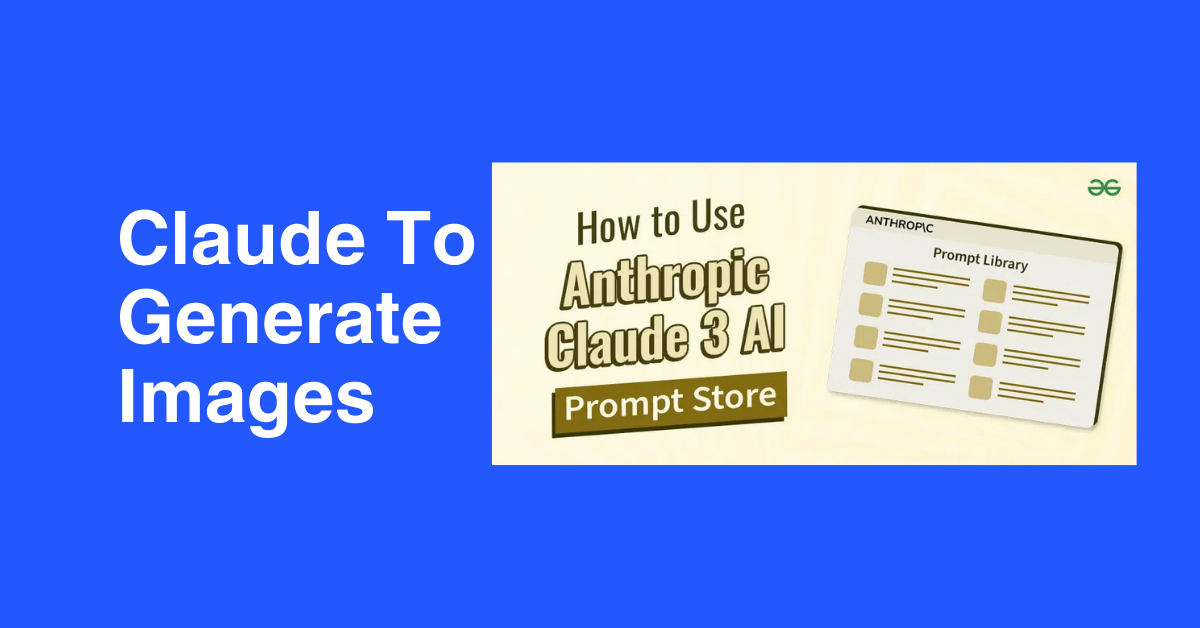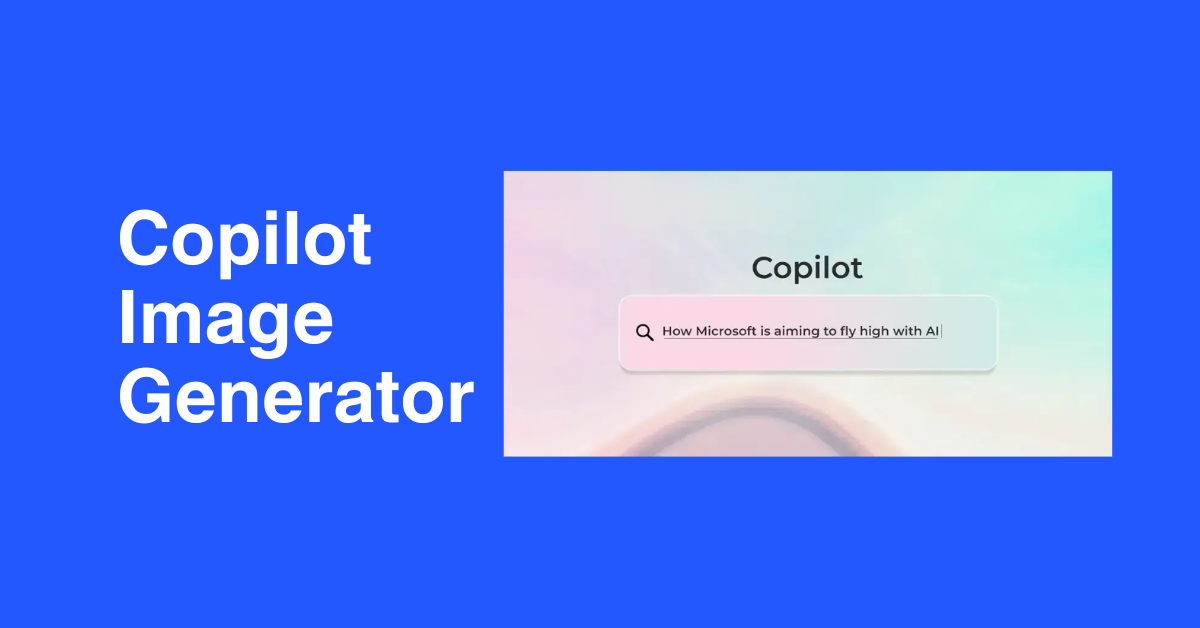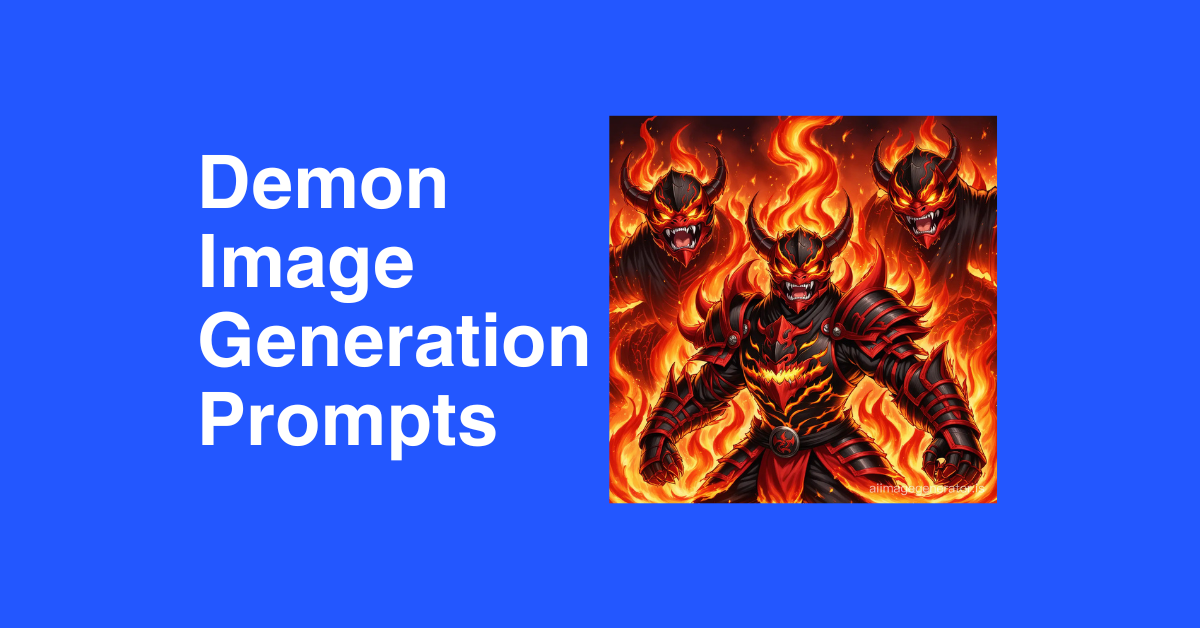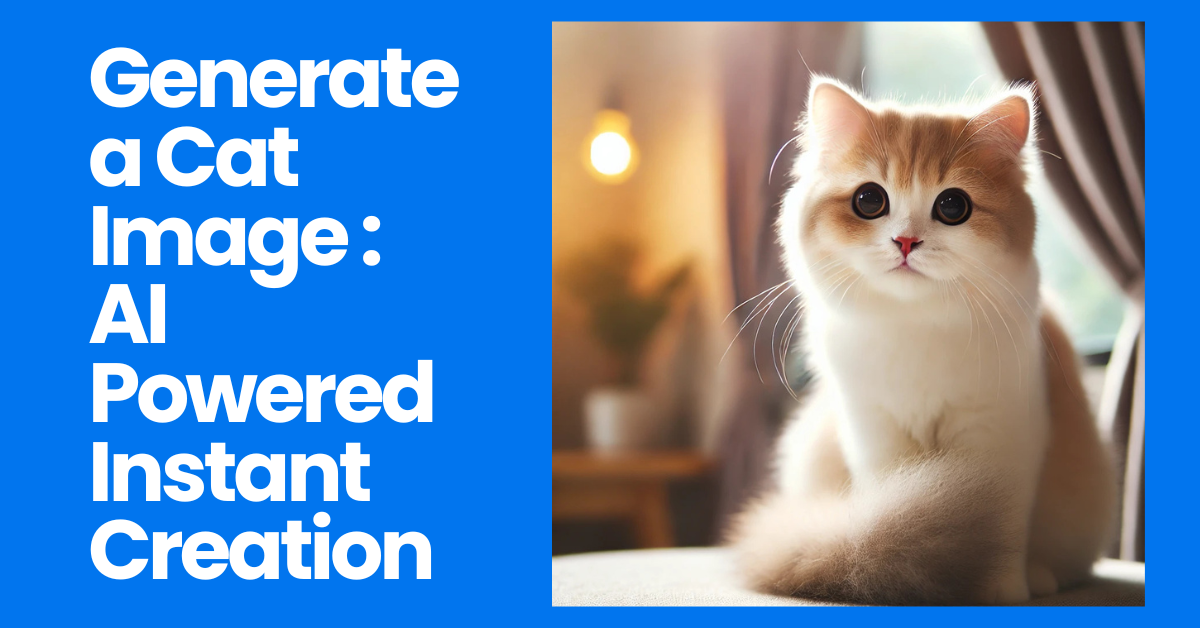
Generate a Cat Image – AI-Powered Instant Creation
- Image Generators
- November 6, 2024
- No Comments
In a world that thrives on visuals, the ability to generate a image of a cat has never been more significant. Among the myriad subjects one could choose to replicate visually, cats stand out with their enigmatic charm and playful demeanor. From fluffy furballs to sleek Siamese, each cat presents unique features that make them interesting subjects for artists, designers, and content creators alike. The rise of advanced technology, particularly artificial intelligence (AI), has opened up new avenues for creating stunning and lifelike images of these beloved felines. In this comprehensive guide, we will explore the various methods and techniques for generating captivating cat images, from basic principles to sophisticated AI tools.
Beyond the Basics: Advanced Techniques for Creating Realistic Cat Images
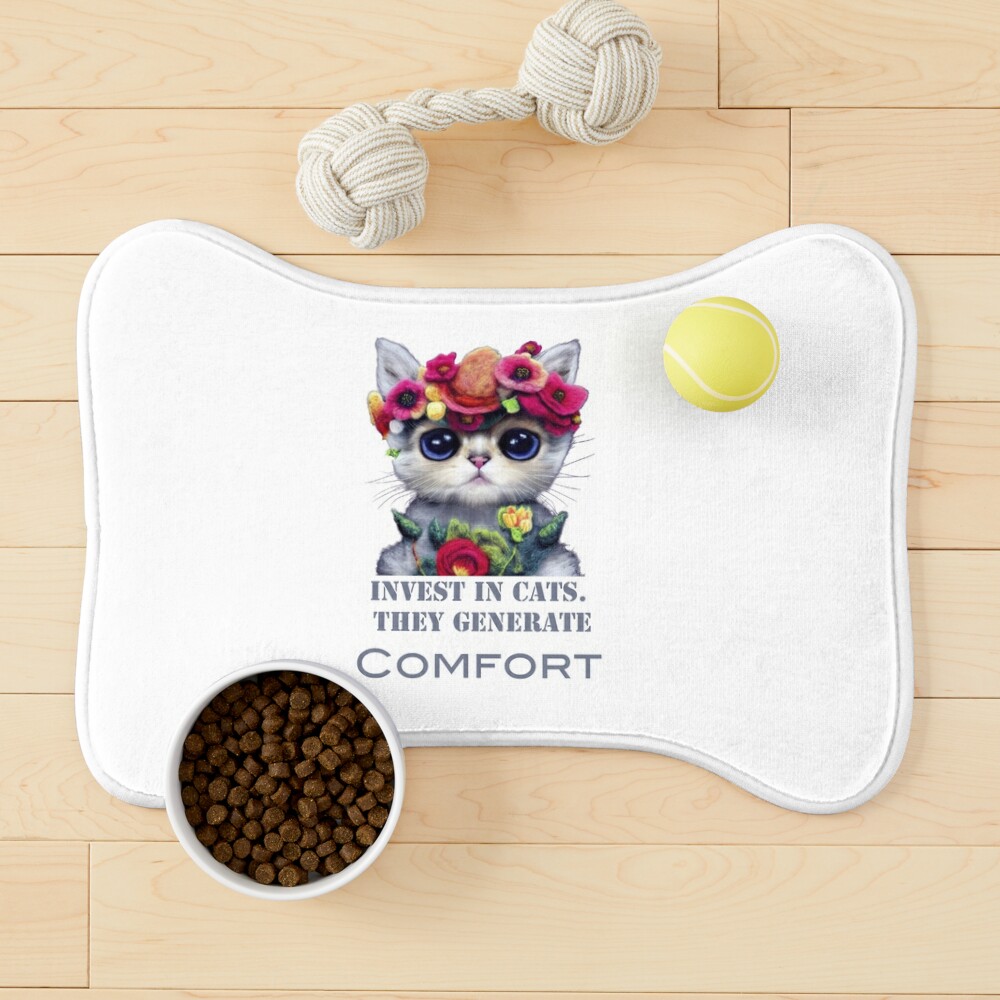
Creating realistic images of cats goes beyond merely understanding their anatomy or employing basic drawing skills. It involves mastering several advanced techniques that breathe life into your creations. Whether you’re an illustrator looking to refine your craft or a technophile interested in digital art, understanding these techniques will empower you to generate images that truly capture the essence of cats.
Understanding Light and Shadow
To create depth and dimension in your cat images, mastering light and shadow is essential.
The way light interacts with the surface of a cat’s fur can dramatically alter the perception of texture and volume. Observing how natural light illuminates your feline friends can provide insights into replicating similar effects in your artwork. For instance, soft diffused light will produce gentle shadows, making the fur appear plush and inviting. In contrast, harsh lighting creates stark contrasts and sharp shadows, which can lend a dramatic edge to your images.
Additionally, understanding the direction of light helps to highlight specific features—like the cat’s whiskers, eyes, and even its delicate paws. When creating images digitally, utilizing layering techniques within graphic design software can enhance the realism, allowing you to overlay different shades and tones to simulate how light plays across a cat’s body.
Texturing Fur Like a Pro
Fur is one of the most defining characteristics of a cat’s appearance and can significantly affect how realistic your image appears.
To generate an image of a cat that showcases convincing fur texture, start by analyzing different types of fur. Long-haired cats like Persians require softer strokes and blended colors to depict their flowing coats, while short-haired breeds like the American Shorthair might call for sharper, cleaner lines that mimic their sleek appearance.
Using digital painting tools, such as Photoshop or Procreate, you can experiment with brush settings to achieve varying textures and lengths. Adjusting the opacity and flow of your brushes helps create layers that mimic the natural growth patterns and thickness of the fur. You may also consider integrating photo textures into your work, blending them subtly into your painted fur to add an extra level of realism.
Mastering the Anatomy of Cats
A solid understanding of feline anatomy is crucial for generating images that are not only visually appealing but also anatomically accurate.
Start by studying reference images of cats from various angles. Pay close attention to their skeletal structure, muscle layout, and distinctive features such as ear shape, tail length, and paw size. Recognizing the subtle differences between breeds can greatly enhance the authenticity of your creations.
Using anatomical references allows you to appreciate how cats move and pose naturally. This knowledge will enable you to create dynamic and lively images that reflect not just the physical characteristics of cats but also their innate behaviors and personalities. A well-posed cat image captures the essence of what it means to be feline, whether it’s the arching back of a stretch or the poised stance of curiosity.
Generate a Image of a Cat: Exploring the Latest Tools and Techniques

As technology continues to evolve, so too does the landscape of digital art and image generation. Artificial Intelligence has emerged as a powerful tool for artists and content creators, offering innovative methods to generate high-quality cat images quickly and efficiently. By leveraging AI, you can streamline your creative process and explore new artistic possibilities.
An Overview of AI Image Generation Tools
Several AI-powered platforms have gained traction in recent years, enabling users to generate images with minimal input. These tools utilize deep learning algorithms to analyze existing images and create new ones based on learned patterns.
Popular tools such as DALL-E, RunwayML, and Artbreeder allow you to input specific parameters about the type of cat you wish to create. This might include breed, color palette, and even mood. By tweaking these variables, the AI generates multiple iterations that you can choose from, effectively broadening your artistic horizons.
Understanding how these tools function can greatly benefit both novice and experienced artists. They serve as a springboard for inspiration, sparking ideas that you can further develop through traditional techniques.
Combining AI with Traditional Techniques
While AI-generated images can stand alone, they can also be used as a foundation for further artistic exploration.
For example, you might generate a base image of a cat using an AI tool, then import that image into your preferred design software to enhance and refine it further. This hybrid approach allows you to infuse your unique style and interpretation into the image. You might adjust colors, add intricate details, or manipulate background elements to create a cohesive composition that feels distinctly yours.
This method is especially useful for illustrators and animators who need to maintain a consistent style throughout a project. By starting with AI-generated images, you can save time without sacrificing quality, ensuring that your final piece resonates with viewers while showcasing your artistic voice.
The Role of Machine Learning in Artistic Creation
Machine learning has become a driving force behind many AI tools, enabling systems to learn from vast datasets of images and understand complex styles and structures.
By training models on millions of images, AI algorithms can recognize patterns and generate new images that mimic those styles. For cat images specifically, machine learning has made it possible to recreate various artistic interpretations—from hyper-realistic renderings to whimsical cartoonish depictions.
As an artist, exploring the intersection of machine learning and creativity opens up exciting avenues. You can engage with the technology, experimenting with how well it can emulate your style. Additionally, as AI continues to evolve, keeping abreast of the latest developments can inspire you to push the boundaries of your work, creating pieces that blend innovation with artistic tradition.
From Pixels to Purrfect: How to Create Stunning Cat Images with AI

AI technology has revolutionized the way we create images, providing us with tools that can transform the simplest concepts into breathtaking visual representations. The process of generating stunning cat images has never been easier, thanks to innovative algorithms and user-friendly interfaces. This section will delve into practical techniques for harnessing AI to create exquisite cat imagery.
Setting Up Your Creative Environment
Before diving into the world of AI image generation, establishing a conducive creative environment is essential.
Choose a comfortable workspace that allows you to focus and experiment without distractions. Having a reliable computer with adequate processing power will also ensure smooth operation when using resource-intensive AI applications. Once your environment is set, you can explore various platforms that suit your artistic needs.
Many AI image generation tools come with intuitive interfaces and guided tutorials that help you navigate the process efficiently. Familiarizing yourself with the platform’s features assists you in maximizing your creative output. Take advantage of community forums where users share tips, resources, and examples of their work, fostering a collaborative spirit that enhances your learning experience.
Experimenting with Input Parameters
The heart of AI image generation lies in the parameters you set for the algorithm.
When prompted, think critically about what aspects of a cat you want to emphasize—whether it’s breed characteristics, color variations, or emotional expressions. The specificity of your input directly influences the output you receive.
Don’t hesitate to experiment with diverse combinations of parameters. Generate multiple iterations based on varying criteria; this not only provides a wealth of options but also inspires new creative directions. You may discover unexpected results that lead you down paths you hadn’t initially considered, ultimately enriching your artistic practice.
Post-Processing for Visual Enhancement
While AI tools can generate impressive images, post-processing remains an integral part of the creative workflow.
Once you have your AI-generated cat images, consider refining them further using graphic design software. This stage allows you to make adjustments to color saturation, contrast, and detail levels, enhancing the overall aesthetic appeal.
You might also want to add custom backgrounds or additional elements to create a more engaging narrative. By combining AI technology with your artistic flair, you can elevate ordinary images into extraordinary works of art that resonate deeply with your audience.
The Art of Cat Image Generation: Balancing Creativity and Realism
Generating images of cats requires a delicate balance between creativity and realism. While achieving photorealism is admirable, injecting personal style and imaginative elements can lead to unforgettable images. Understanding how to harmonize these two perspectives will bolster your capabilities as an artist and enrich your overall creative output.
Embracing Individual Style
Every artist possesses a unique style that distinguishes their work from others.
As you explore cat image generation, take the time to identify what makes your artistic voice distinct. This might involve investigating your preferred color palettes, line work, or thematic choices. By recognizing and embracing your individual style, you set the groundwork for infusing personal touches into your cat images.
Whether you lean towards a minimalist aesthetic or prefer intricate details, allow your preferences to inform your designs. The beauty of art lies in its subjectivity—by celebrating your uniqueness, you contribute to the rich tapestry of the creative world.
Striving for Realism Through Observation
While creativity allows for freedom of expression, achieving realism often necessitates keen observation and study.
Pay attention to the subtleties of how light reflects off a cat’s fur, the nuances of its movements, and the emotions conveyed through its expressions. Capturing the essence of a cat in an image hinges on understanding these intricacies and translating them onto your canvas or screen.
Building a library of reference materials can facilitate your observations. Gather photographs, videos, and real-life experiences with cats to deepen your appreciation for their physical attributes and behavior. This foundational knowledge informs your creative decisions, guiding you toward producing images that feel genuine and true to life.
Merging Imagination and Reality
The magic of art lies in its capacity to transcend reality.
While grounding your cat images in realism is essential, don’t shy away from introducing imaginative elements that evoke emotion and intrigue. Perhaps you envision a whimsical scenario where a cat dons a wizard hat or explores a surreal landscape filled with oversized flowers. Such imaginative choices encourage engagement and invite viewers into a world of possibility.
Experimenting with fantasy elements can lead to compelling narratives—consider how different environments or scenarios can transform the mood of your cat images. By merging imagination with realism, you broaden the horizons of your creativity, cultivating a distinctive portfolio that captivates audiences.
Unlocking the Secrets of Cat Anatomy: Enhancing Image Realism
To create compelling and realistic cat images, a deep understanding of feline anatomy is vital. Every curve, angle, and proportion contributes to the overall portrayal of a cat. This section delves into the intricacies of cat anatomy, offering insights and tips for enhancing the realism of your generated images.
Studying Feline Proportions
Cats, despite their diversity in form and breed, share common proportional relationships that define their appearance.
Begin your anatomical study by examining the fundamental shapes that compose a cat’s body. The head, torso, legs, and tail all interact in ways that can seem deceptively simple but hold great significance. For instance, comparing the lengths of the legs to the rest of the body can illuminate how to accurately pose a cat in various positions.
Performing quick sketches or diagrams can strengthen your understanding of these proportions. As you practice, you’ll find that your observations make it easier to capture accurate representations when generating images, ultimately resulting in more lifelike portrayals.
Observing Movement and Behavior
Cats are known for their agility and grace, making their movement patterns fascinating to study.
Spend time observing how cats walk, jump, and stretch. Each motion reveals specific anatomical functions at play, from the flexing of their paws to the shifting of their weight. Capturing these movements authentically in your images can elevate their realism significantly.
Incorporating dynamic poses, such as a cat mid-pounce or curled up in a sunbeam, brings energy to your artwork. Consider using animated references or video footage to analyze how muscles contract and relax during different activities, allowing you to replicate that fluidity in your generated images.
Paying Attention to Distinctive Features
Each breed of cat boasts unique features shaped by genetics, making it crucial to pay attention to individual traits when generating images.
Take note of variations in ear shape, eye color, tail length, and coat type. Breeds like Maine Coons exhibit distinct tufts of fur around their ears, while Sphynx cats possess unique skin textures due to their lack of fur. Highlighting these characteristics will not only enhance the realism of your images but also celebrate the diversity within the feline world.
Utilizing reference photos of specific breeds can assist in capturing these details accurately. When generating images, try to incorporate these distinctive features to create a sense of authenticity and connection with viewers who recognize and appreciate the individuality of each cat.
Crafting Unique Cat Images: Exploring Different Styles and Expressions
The versatility of cat image generation extends beyond realism; it encompasses a vast array of artistic styles and expressive representations. By experimenting with various techniques, you can create unique cat images that resonate with different audiences, whether in commercial projects or personal endeavors.
Exploring Cartoonish Styles
Cartoonish representations offer a playful take on cat imagery, allowing for exaggeration of features and expressions.
When crafting cartoon-style images, consider emphasizing large, expressive eyes and the iconic features that make cats endearing—such as oversized paws or bushy tails. This style invites viewers to connect with the character of the cat, often evoking joy and nostalgia.
Experimenting with vibrant color palettes and simplified forms can enhance the appeal of your cartoon images. The goal is to convey the essence of a cat while engaging the viewer’s imagination, making them smile or laugh. Incorporating humor and whimsy can yield delightful results that resonate across demographics.
Delving into Abstract Representations
Abstract art offers limitless creative potential, allowing you to approach cat imagery from innovative perspectives.
Instead of focusing solely on realistic renditions, consider capturing the essence of a cat through symbols, shapes, and colors. This method encourages exploration of themes such as grace, independence, and mystery—qualities inherent in feline nature.
Using bold brushstrokes, mixed media, or even digital manipulation, abstract representations can provoke thought and elicit emotional responses. Allow your intuition to guide you as you translate the qualities of cats into visual forms that defy convention and inspire contemplation.
Conveying Emotion Through Expressions
An integral aspect of creating compelling cat images lies in conveying emotion through facial expressions and body language.
Cats communicate their feelings through subtle signals, whether it’s a contented purr, an arched back, or curious wide-open eyes. Capturing these nuances in your images adds depth and relatability, allowing viewers to connect with the depicted cat on an emotional level.
Utilizing reference images of cats exhibiting different emotions can help hone your skills in portraying these expressions. Whether you’re aiming for joy, curiosity, or mischief, striving to encapsulate the essence of those emotions will amplify the impact of your generated images.
The Future of Cat Image Generation: Exploring the Possibilities
As technology advances, the landscape of cat image generation continues to evolve. With breakthroughs in AI, graphic design, and virtual reality, the future holds incredible promise for artists and creators. This section delves into emerging trends and possibilities that will shape the future of cat imagery.
The Rise of Augmented and Virtual Reality
Augmented and virtual reality technologies are beginning to reshape how we perceive and create images.
Imagine being able to immerse yourself in a 3D environment filled with lifelike cat simulations, where you can explore every angle and detail before generating your images. AR and VR open doors to interactive experiences, allowing artists to present their work in engaging ways—particularly in exhibitions, storytelling, or educational contexts.
Additionally, incorporating AR elements into digital cat images enhances viewer engagement, inviting them to interact with the art on a deeper level. By blending the realms of technology and creativity, artists can redefine the boundaries of cat image generation.
Collaborative Art Platforms
The future of cat image generation may also see an increase in collaborative art platforms that fuse human creativity with AI capabilities.
Such platforms would allow artists to co-create alongside intelligent algorithms, combining their unique styles and insights with the efficiency of machine learning. This collaborative approach not only generates innovative artworks but also fosters community engagement, encouraging artists to share techniques, challenges, and successes.
By participating in collaborative ecosystems, artists can refine their skills while contributing to a broader dialogue around the role of technology in art. This shared knowledge base strengthens the art community and nurtures collective growth.
The Impact of Social Media and Visual Storytelling
Social media platforms have become indispensable for sharing visual content, creating opportunities for cat image creators to showcase their work to wider audiences.
The rise of platforms like Instagram, TikTok, and Pinterest emphasizes the importance of visually striking content. Artists who master the art of cat image generation can leverage these platforms to build followings, garner feedback, and even attract clients.
Visual storytelling will continue to gain prominence, encouraging artists to create images that narrate engaging stories. By weaving together captivating visuals and intriguing narratives, cat image creators can captivate audiences and leave lasting impressions.
Generating Images of Cats for Creative Projects: From Illustrations to Animations
Cat images find a place in a multitude of creative projects, ranging from illustrations for books and merchandise to animations for films and video games. Understanding how to adapt cat imagery for various contexts can enhance your versatility as an artist and widen your opportunities.
Illustrations for Publications
Illustrative cat images are often sought after for children’s books, greeting cards, and other printed materials.
Crafting charming and relatable cat images can make narratives more engaging, drawing readers into the story. Consider the tone and audience of the publication to tailor your illustrations appropriately. Soft, pastel colors might suit a gentle children’s story, while bolder hues could work better for a humorous comic strip featuring mischievous cats.
Explore different illustrative styles, such as watercolor, ink, or digital art, ensuring that your choices align with the project’s vision. Collaborating with writers or publishers can also provide valuable insights into the visuals that best complement the narrative.
Animated Cat Characters
Animation offers an exciting opportunity to bring cat images to life, allowing you to explore movement and personality dynamically.
Whether you’re working on short films, web series, or social media content, animating cat characters opens countless creative avenues. Capture the unique quirks and characteristics of different cat breeds, amplifying their personalities through exaggerated movements and expressions.
To begin animating, familiarize yourself with keyframe animation techniques or explore software tailored for beginners. Creating simple animations that emphasize humor or emotion can establish a strong connection with your audience, resulting in memorable content.
Merchandise and Branding
The popularity of cat-themed merchandise continues to soar, providing ample opportunities for artists to generate income through their creations.
Consider how your cat images can be adapted for various products, such as apparel, home decor, or accessories. Designing appealing graphics for t-shirts, mugs, or phone cases opens markets for your art and connects you with fellow cat enthusiasts.
Understanding branding principles can also enhance your success in this arena. Developing a cohesive visual identity around your cat imagery allows you to build a recognizable brand that resonates with customers. Consistency in style, color schemes, and messaging reinforces the relationship between your art and the audience.
The Ethical Considerations of Cat Image Generation: Balancing Creativity with Responsibility
With the advancements in technology and the ease of image generation comes the responsibility to consider ethical implications. As artists, creators, and consumers of cat images, we must navigate the complexities surrounding representation, usage rights, and cultural sensitivity.
Respecting Copyright and Usage Rights
As the creator of cat images, understanding copyright laws and usage rights is paramount.
Whenever using reference images, ensure that you respect the copyrights of original photographers and artists. Seeking permission or using licensed images protects you from potential legal issues and fosters respect within the artistic community.
Moreover, when generating images using AI tools trained on existing datasets, it’s essential to consider the implications of sourcing and reusing content. Engaging with discussions around ethical AI practices can enhance your awareness of the impact your art has on creators in the broader landscape.
Avoiding Cultural Appropriation
Cultural sensitivity is another vital consideration in cat image generation.
When drawing inspiration from various cultures or traditions, take care to avoid perpetuating stereotypes or appropriating elements without proper context or understanding. Engaging with diverse perspectives and narratives can enrich your artwork while promoting inclusivity and empathy.
If you intend to represent specific cultural practices or symbols in your cat imagery, research their significance and meaning. Respectful representation strengthens your credibility as an artist and fosters positive engagement with your audience.
Promoting Advocacy and Awareness
Artists wield the power to use their creations as vehicles for advocacy and awareness.
Consider using your cat images to raise awareness about animal welfare, rescue efforts, or environmental issues affecting wildlife. By infusing social messages into your artwork, you can spark conversations and inspire action within your audience.
Moreover, collaborating with organizations dedicated to animal welfare can amplify your reach and impact. Using your talent to promote causes you’re passionate about enriches your artistic journey and empowers your audience to contribute positively to the world.
Conclusion
Generating images of cats is a multifaceted endeavor that combines creativity, technical skill, and a deep understanding of the subject matter. Throughout this guide, we’ve explored the various techniques, tools, and ethical considerations associated with cat image generation, from mastering anatomy to harnessing AI advancements.
As you embark on your artistic journey, remember that the world of cat imagery is limitless—an expansive playground for experimentation and self-expression. Whether you’re illustrating a heartfelt story, creating playful animations, or crafting unique merchandise, your creations have the power to resonate with audiences and capture the hearts of fellow cat lovers.
Embrace the beauty of cats, let your imagination run wild, and continue to explore the possibilities that await in the realm of cat image generation. Through creativity, dedication, and ethical mindfulness, you can contribute to a rich tapestry of artistic expression that celebrates the companionship and joy that cats bring into our lives.
Looking to learn more? Dive into our related article for in-depth insights into the Best Tools For Image Generation. Plus, discover more in our latest blog post on Generate Color Combos From Images . Keep exploring with us!
Related Tools:
Image Generation Tools
Video Generators
Productivity Tools
Design Generation Tools
Music Generation Tools

